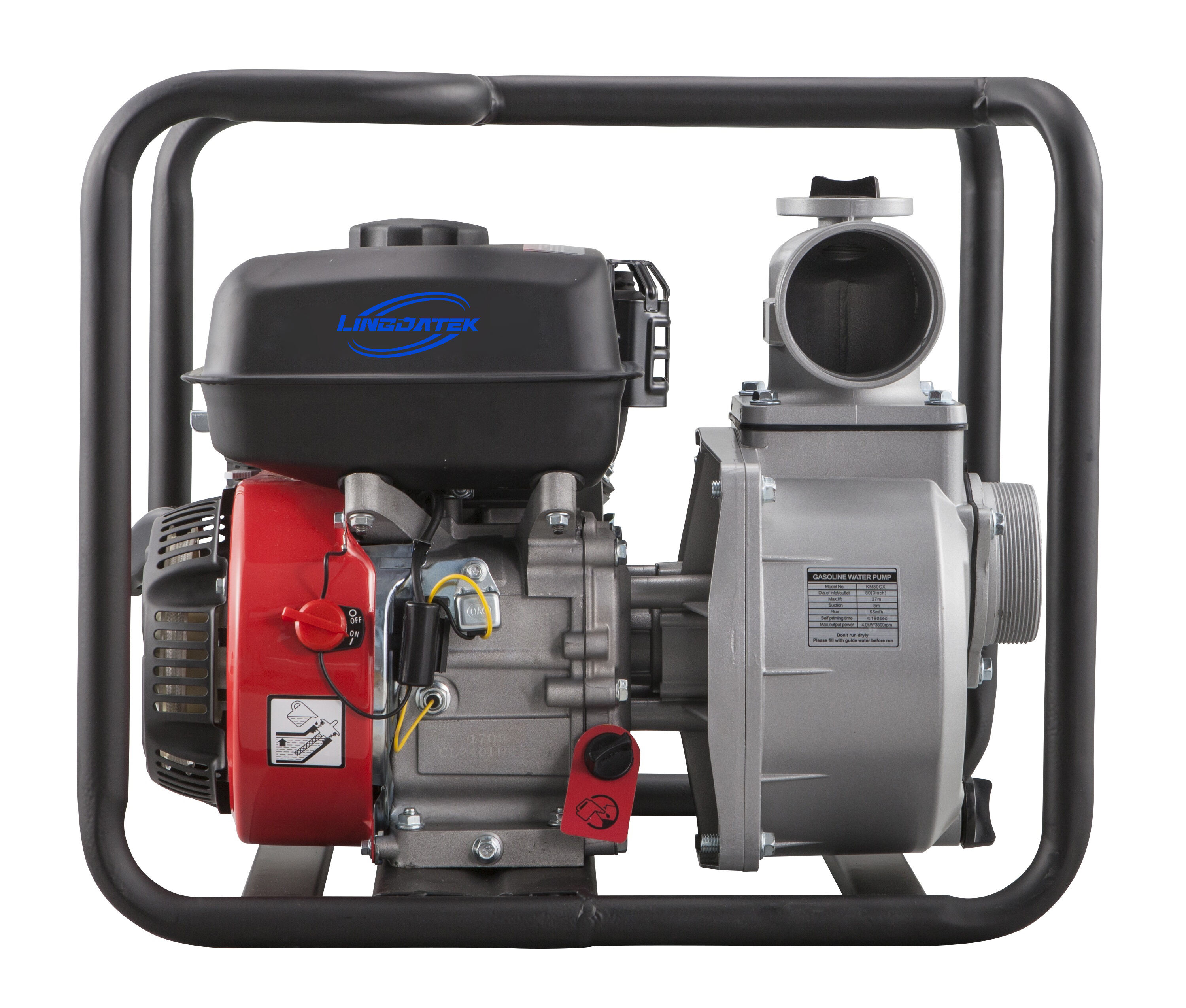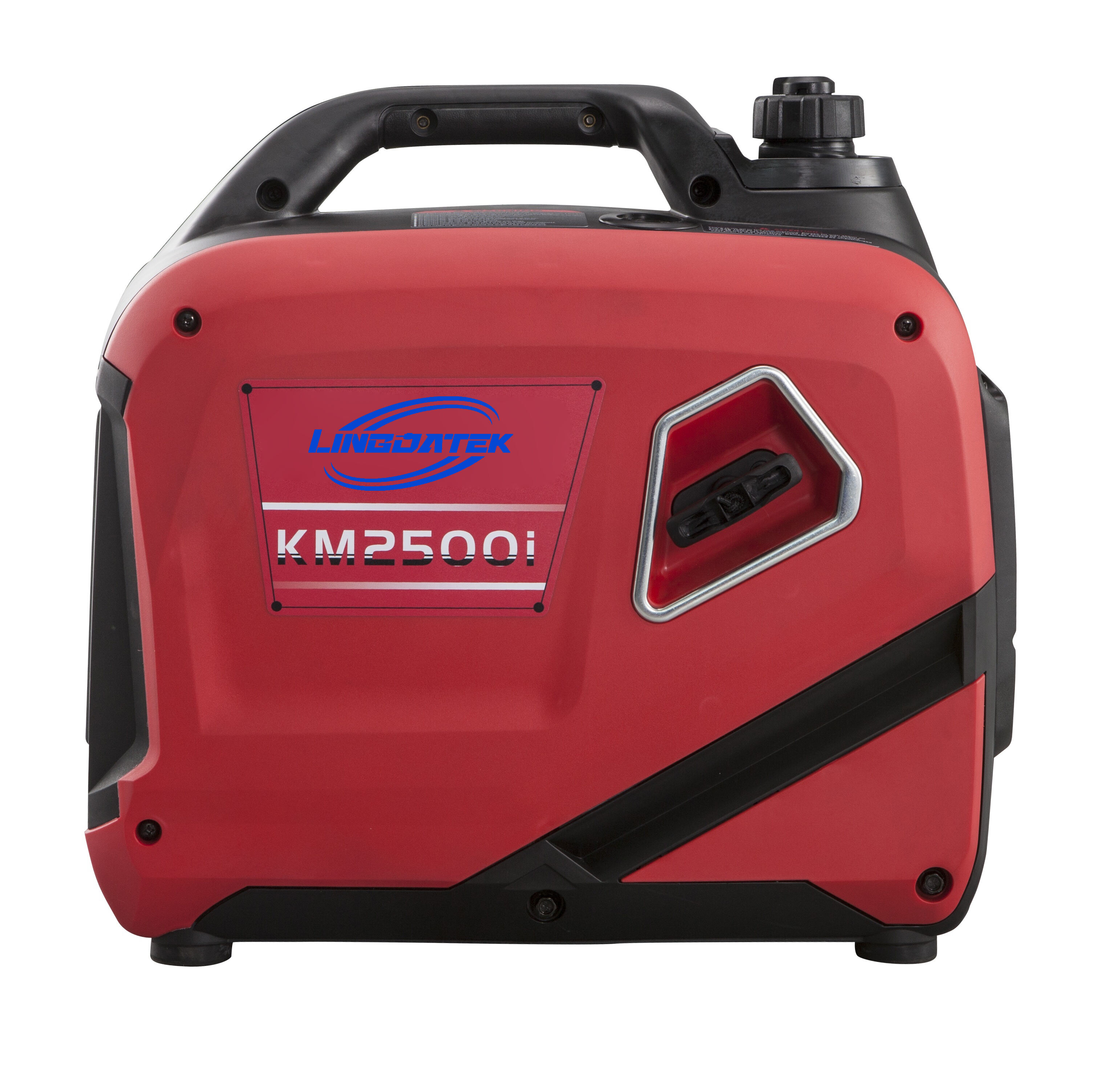other batteries
Other batteries encompass a diverse range of power storage solutions that go beyond traditional lithium-ion and lead-acid varieties. These innovative power sources include metal-air batteries, sodium-sulfur batteries, and flow batteries, each designed to meet specific energy storage requirements. Metal-air batteries utilize oxygen from the atmosphere as a cathode material, offering exceptional energy density and environmental friendliness. Sodium-sulfur batteries operate at high temperatures and excel in large-scale energy storage applications, particularly in grid storage systems. Flow batteries stand out for their unique ability to store energy in liquid electrolytes, making them ideal for long-duration energy storage needs. These alternative battery technologies often incorporate advanced materials and sophisticated chemical processes to achieve specific performance characteristics, such as extended cycle life, improved safety features, or enhanced energy efficiency. Their applications span across various sectors, from renewable energy integration to emergency power systems and specialized industrial uses. Each type brings distinct advantages to the table, whether in terms of cost-effectiveness, environmental impact, or specific operational requirements.


